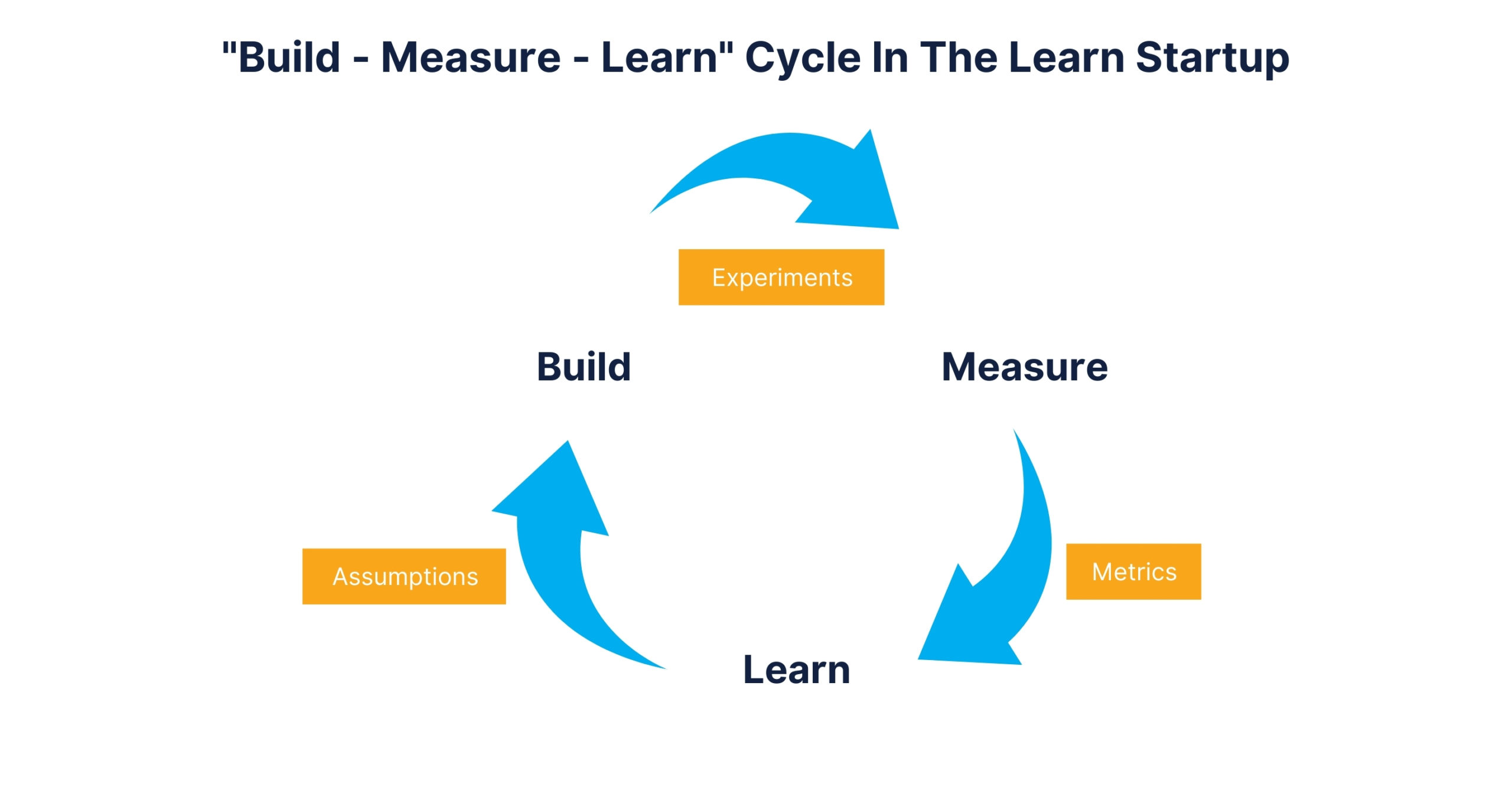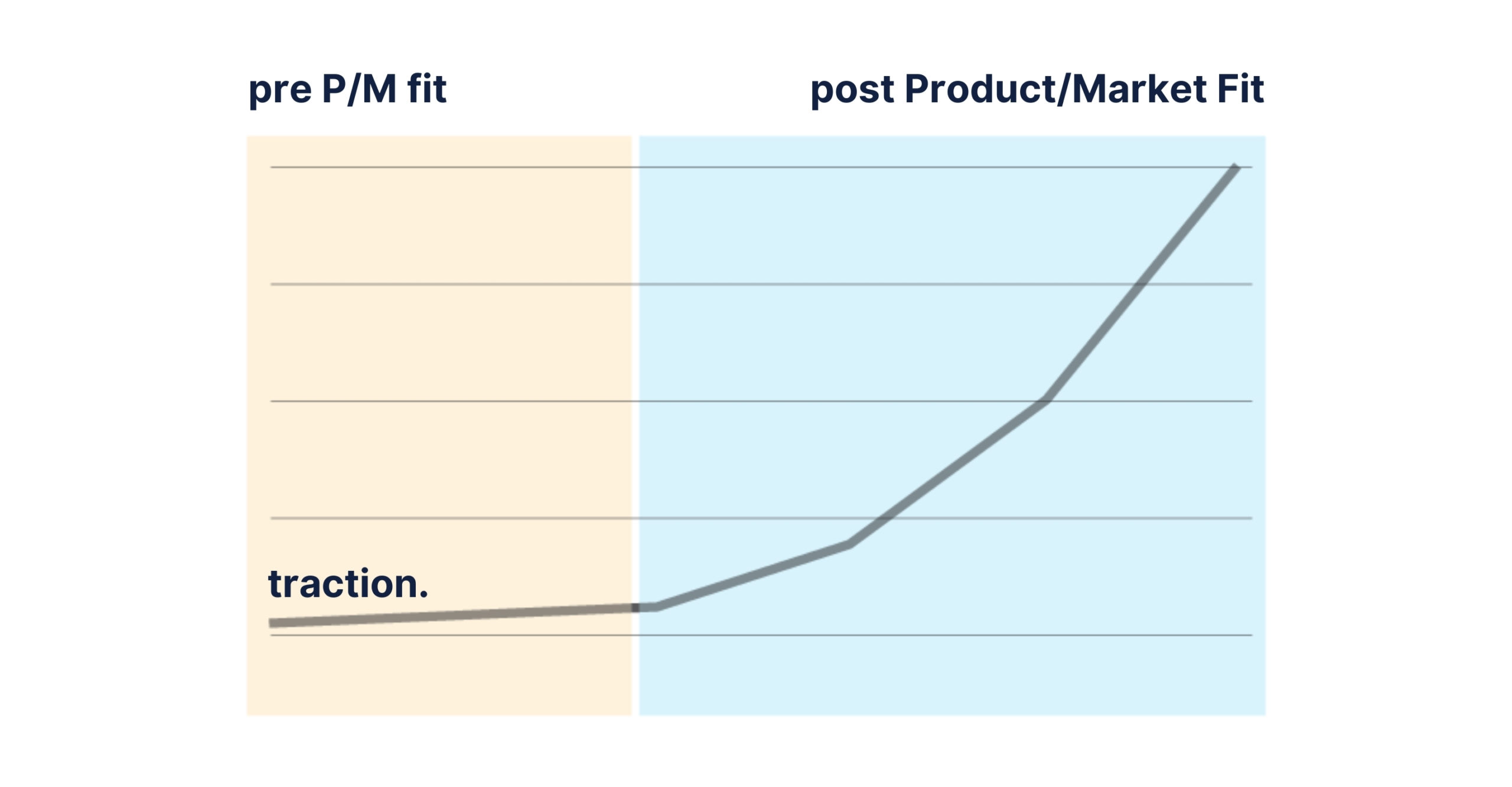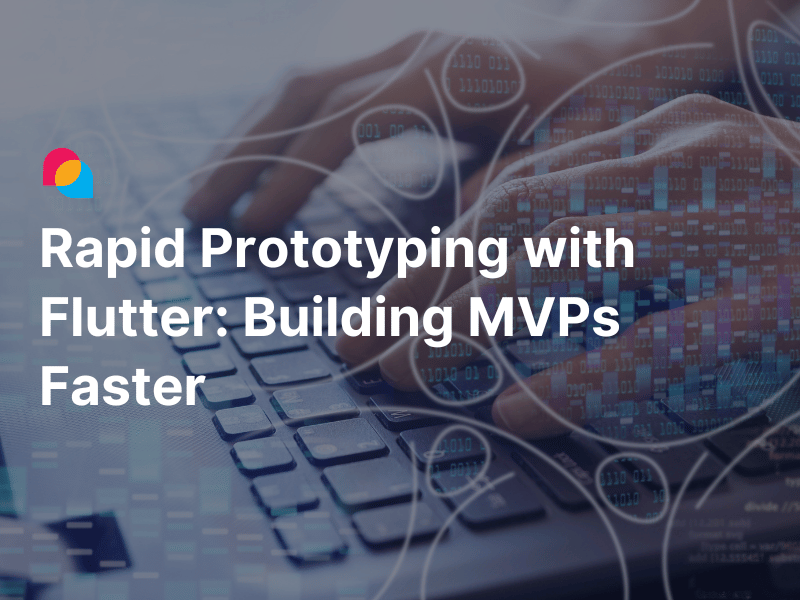Every day hundreds of people come up with new business ideas and find a way of bringing them into life. However, the trick is how to plan its development so that you can save both time and resources without sacrificing the unique value of your product. Building an MVP allows startups to transform their idea into working software and visualize the market picture clearer. Once you've built a Minimum Viable Product (MVP) with enough functionality, it's time to launch your MVP to early adopters to test critical assumptions. Scott M. Graffius, who is an author of the famous book ‘Agile Scrum: Your Quick Start Guide with Step-by-Step Instructions,’ once said:
“The MVP has just those features considered sufficient for it to be of value to customers and allow for it to be shipped or sold to early adopters. Customer feedback will inform the future development of the product.”
This article will go deeper into how to validate and measure your MVP's success when shipping it to the market. We also discover how metrics affect assessments and reach critical milestones in your MVP "Build - Measure - Learn" process.
How to validate your MVP
Who are your target audiences for MVP
Trying to tackle a big market from scratch can turn down the chances of your MVP's success. It can result in stretching your resources too thin. You will soon become overwhelmed and unable to pivot if significant problems arise. Therefore, startups need to define the niche market for their product. The narrower your target audience is, the more resources you can solve their needs better than your rivals. This doesn't mean your target audience should be small; it means you should be solving a specific problem or a small set of issues. Defining the subset of ideal users is critical to the success of any MVP, as their needs are what should drive its development forward.
Below are three potential groups of target audiences for your MVP:
- Early adopters feel the need for the product most acutely. These customers tend to be more forgiving of mistakes and are especially eager to give feedback.
- Evangelists in the field of startup community or MVP's domain expertise are willing to give feedback and see the evolution of the product.
- Potential investors want to validate your business idea so that they can invest their money in your startup.
Build - Measure - Learn
There is no one-size-fits-all success formula for every startup, yet the only recipe is to learn from your market iteratively with your MVP. That leads you to the Lean Startup methodology.
In the Lean Startup world, the approach "Build - Measure - Learn" feedback loop is best known as a way to effectively leverage your resources and make use of feedback from customers. Rather than trusting your own assumptions, you can build an MVP, gather feedback and measure how customers respond. The cycle continues until you reach a complete understanding with users, helping your team create a viable product and meet the market demands. This approach was developed by Eric Ries, who has founded several startups, including IMVU, and is the author of the best-selling book The Lean Startup (2011). Tom Eisenmann, Professor of Entrepreneurship at Harvard Business School, once judged that Eric's approach is rigorous; his prescriptions are practical and proven in the field.

Source: The Lean Startup (2011), Eric Ries
Build your MVP
In our previous article, "How to build an efficient Minimal Viable Product (MVP) for startups," we have looked into the concept of a Minimal Viable Product (MVP), discussed what builds up an effective MVP and how to build it right. We also took this chance to interview startups' perspectives and their real stories on navigating this challenging journey.
Once the MVP is built, a startup owner can work on tuning the engine. It will involve hypothesis testing, measuring, and learning about the product, strategy, and growth engine.
Measure and learn
The Lean Startup principles indicate the importance of listening to your early adopters, actively learning, and making your development cycles fast. Instead of building a perfect product or writing clunky business plans at first, you will prioritize customer experience, use metrics to measure their responses, and adopt a continuous deployment approach.
Although customers don't tell you what they want explicitly, they will reveal the truth through their behaviors or inaction. It would help if you learned what customers really want instead of focusing on what they tell you they want or what you think they should want. Any action without contributing to learning about what creates value for customers is a form of waste.
How to measure and learn during your MVP validation process
According to Eric Ries, a startup’s job is to (1) rigorously measure where it is right now, facing up to the hard truths that assessment reveals, and then (2) devise experiments to learn how to move the real numbers closer to the ideal reflected in the business plan.
If the business is making good progress toward the ideal, this means it’s learning appropriately and learnings are applied effectively. It makes sense to keep going. Otherwise, the management team ultimately must conclude that its current product strategy is flawed and requires a significant change. Here are three crucial phases in measuring and learning about your product, strategy, and growth engine:
Phase 1: Establish a Baseline
The very first learning milestone is establishing the baseline, which exposes the actual data about the MVP: sign-up, conversion rates, trial rates, customer lifetime value, etc. These data are valuable and helpful as they set the foundation for learning about users' interests, their behaviors toward the product. More importantly, it shows the initial evidence around the growth engine of whether your startup business is sustainable or not.
The best practice is to build separate MVPs to collect feedback on one assumption at a time. It means the startup should start with one baseline metric, one well-defined hypothesis about what improves that metric, and a set of experiments designed to test that hypothesis. When choosing which assumptions should be tested first, select the riskiest one. There is no point in testing other hypotheses if you can't find a way to minimize the risks required for that sustainable business. At the end of the day, the productivity of the learning process should be based on validated learning, not merely on the production of new features.
There are multiple channels to help you connect with the early adopters to acquire the real data, including customer interviews, emailing, pre-order pages, landing pages, social media & micro-surveys, ad campaigns. We will go further on how to make the most of these channels for the proper feedback in the following article. Now, let's move on to phase 2.
Phase 2: Tune the Engine
Once the baseline has been created, the startup can work toward the second learning milestone: tuning the engine. Every initiative that a business takes in this phase, including product software development, marketing, sales, logistics, to name a few, should be aimed at enhancing one of the drivers of its growth model. According to Eric, there are three different types of engine growth that each startup should concentrate on to put their energy in the right place.
1. The sticky engine
This engine is designed to attract and retain customers for the long term. A startup of this type should focus on two key variables: the new customer acquisition rate and the churn rate. The sticky engine of growth is often used to test the subscription startup, and this model expects a high customer retention rate. If the new customer acquisition rate is higher than the churn rate, it’s a good indicator for sustainable growth.
2. The viral engine
The viral engine is introduced on person-to-person transmission as a consequence of product use. It is known as the viral loop, and the viral coefficient decides its speed. The higher this viral coefficient is, the faster the product will spread. When a viral loop with a coefficient that is greater than 1.0, the product will grow exponentially. The monetary exchange will not drive new growth. The viral engine of growth is used by all social networks and multi-level marketing businesses.
3. The paid engine
The paid engine works with businesses when Cost per Acquisition (CPA) and Lifetime Value (LTV) are the two most important metrics. The acquisition channels could be direct-purchase marketing techniques, advertising, outbound sales… depending on the nature of the business. The sources of customer acquisition are affected by competition. If all competitors aim for the same channels, the cost for the acquisition will increase significantly. Thus, using the paid engine requires building monetization sources from different types of customers.
At first glance, multiple engines could be operated at the same time. However, it will introduce a lot of confusion and complication in operation as you will need to focus in different directions simultaneously. Therefore, you should pick only one primary model and improve the metrics associated with it through iterations in the “Build - Measure - Learn” loop. After pursuing one model thoroughly, you could consider pivoting to the next one.
Phase 3: Pivot or Persevere
Every entrepreneur ultimately reaches the challenging decision: pivot or persevere. It is a prelude to a seemingly simple question: whether you are making sufficient progress to know your original hypothesis is correct or just need to make a significant change. That change is called a pivot: a special kind of change designed to validate a new fundamental assumption about the product, strategy, and growth engine.
There are some telltale signs of the need to pivot: the effectiveness of product experiments is decreased, and the general feeling that product software development should be more productive. Consider pivoting whenever you notice those signs.
Scheduling the meeting with teams is one way to mitigate the challenge in pivoting decisions. Based on his experience, Eric recommended that every startup should have a regular “Pivot or Persevere” meeting. Both the product development and business leadership teams must attend to align their efforts to create product value and drive growth at the same time. From there, they will conclude whether their product needs to pivot or persevere.
"The sign of a successful pivot is that these engine-tuning activities are more productive after the pivot than before." – Eric Ries.
If your pivots are effective, they will put you on a path toward growing a sustainable business. Even after achieving initial success, the company must continue to pivot.
He also offered a catalog of various types of pivots that startup founders can consider applying for growing their business:
- Zoom-in: A single feature in a product becomes the complete ones.
- Zoom-out: The whole product becomes a feature of a much larger product.
- Customer segment: The problem-solving is accurate but for the wrong customer segments.
- Customer need: It serves the right customer but with the incorrect issues and pain points.
- Platform: It refers to a change from an application to a platform and vice versa.
- Business architecture: It refers to the switch of the architecture between high margin, low volume (B2B) and low margin, high volume (B2C).
- Value capture: It’s how you decide the product’s value and create the monetization model.
- The Engine of growth: It is about changing your growth engines to seek faster or more lucrative growth.
- Channel: A channel pivot is to recognize which channel delivers more values more effectively.
- Technology: The question is whether the new tech stack can provide superior price and performance compared with the existing technology.
Metrics to measure your MVP
During the validation process, you will count on different types of metrics as precious indicators to realize the progress and direction of your development. However, be cautious of two kinds of metrics: vanity and actionable.
Vanity metrics
Although these metrics can make your product look good on the surface, they have little to do with viability. When a startup company reaches its growth stage, the vanity metrics only may be useful to measure this growth, not helping them validate their business model. It makes sense for a company to measure the number of logins to its website, email subscribers, the number of apps downloaded, page views, and its total revenues. These metrics over time indicate the growth rate. However, it must focus on actionable metrics to judge your business and learning milestones.
Actionable metrics
These actionable metrics are the calculations that realize your problem and point you in the right direction to start solving it. There are a few popular metrics every product needs to be validated by, such as Churn rate, Customer Acquisition Cost (CAC), Lifetime Value of a Customer (LTVC), Monthly Recurring Revenue (MRR), Cost Per Acquisition (CPA), etc. Actually, these metrics can guide the company to validate its product and especially the business model.
After all, it should be noted that vanity metrics are not meaningless. In fact, both vanity metrics and actionable ones can be informative, and many can be instrumental in arriving at actionable insights. Hence, it would be best to find the balance between all of them to validate your product and business model.
How to know you are on the right track
During the process of “Build - Measure - Learn” your MVP, there is another milestone that marks one critical achievement showing you are on the right track. It’s product/market fit.
The term was coined by Marc Andreessen, the legendary entrepreneur, and investor to describe the moment when a business finally finds a widespread set of users that resonate with its product:
“In a great market – a market with lots of real potential customers – the market pulls product out of the startup. This is the story of search keyword advertising, Internet auctions, and TCP/IP routers. Conversely, in a terrible market, you can have the best product in the world and an absolute killer team, and it doesn’t matter – you’re going to fail.”
Here, the life of any startup can be broken down into two parts – before product/market fit and after product/market fit. If the focus in the PRE product/market fit phase is to optimize retention metrics, the focus in POST product/market fit is to optimize the distribution and “win the market”. But what does product/market fit look like?

Source: Zero to Product/Market Fit by Andrew Chen.
As claimed by Andrew Chen, a general partner at Andreessen Horowitz, a Silicon Valley venture capital firm, here are a few figures that might be helpful:

Source: Zero to Product/Market Fit by Andrew Chen.
In consumer products, the usage is three out of every seven days, the organic growth of hundreds of signups per day, 30% of users are active the day after sign up, and it can scale to 100,000 users.

Source: Zero to Product/Market Fit by Andrew Chen.
Similarly, for a SaaS product, the conversion rate from free-to-paid is 5%, 3X CPA to LTV ratio, the monthly churn rate is smaller than 2%, and it is predicted to achieve $100k Monthly Recurring Revenue (MRR).
In sum, those product/market fit metrics could provide you a clear path to the future and introduce powerful indicators to find a sustainable growth engine.
Read also:
- How to build an online marketplace platform
- How to estimate the cost of custom software development reasonably
- How to write a practical “Agile” software product specification for startups
- Why should startups consider Flutter for cross-platform app development
Final Thoughts,
The journey of validating an MVP is as essential as the idea itself. Embrace feedback loops, prioritize actionable metrics, and adapt to the market as needed. Proper validation requires discipline and flexibility, ensuring that your MVP aligns with real-world demands. Keep in mind that the “Build - Measure - Learn” cycle doesn’t end; it’s a continuous process that fosters growth and resilience.
Validating your MVP effectively will help you pursue a sustainable, growth-oriented path. As you advance, remember that each metric is a tool in your toolkit, helping you stay aligned with customer needs and market opportunities.
References
- Eric Ries, The Lean Startup,
- Andrew Chen, Zero to Product/Market Fit (Presentation), www.andrewchen.com
- Scott M. Graffius, Potentially Shippable Product Increment, and Minimum Viable Product Approach, www.scottgraffius.com





